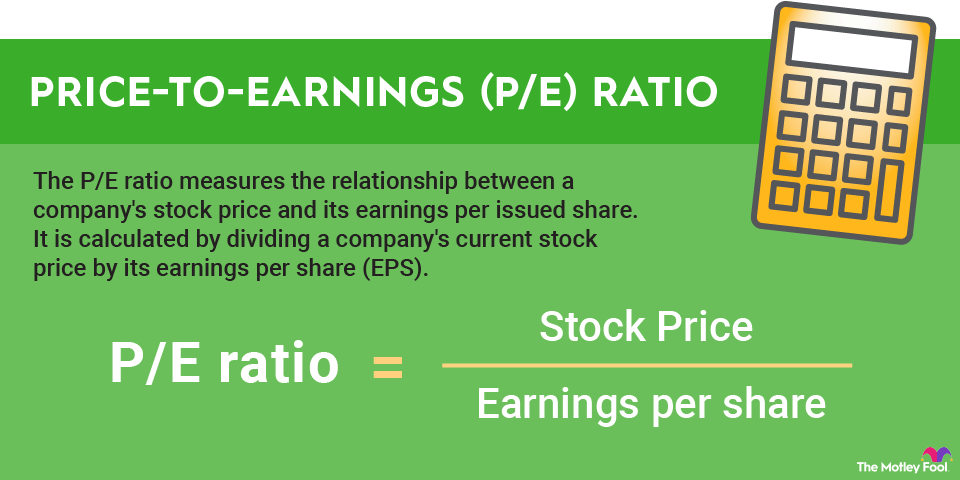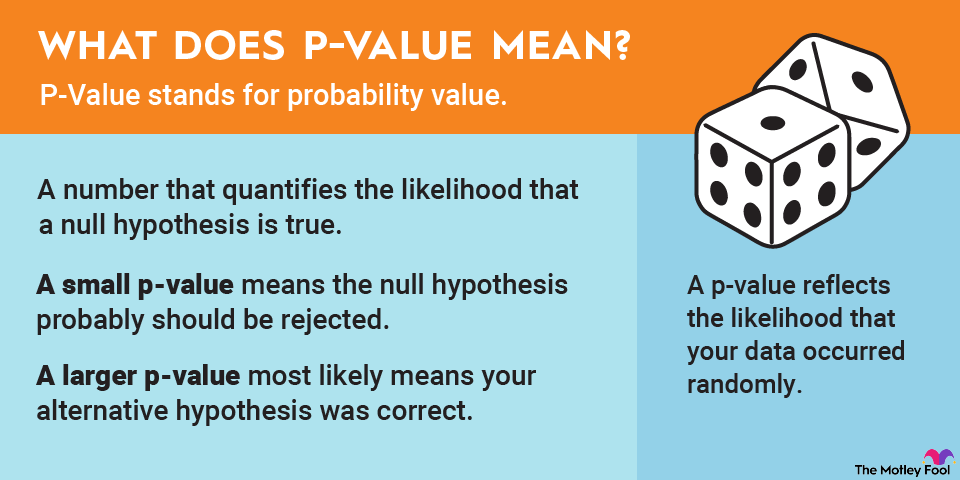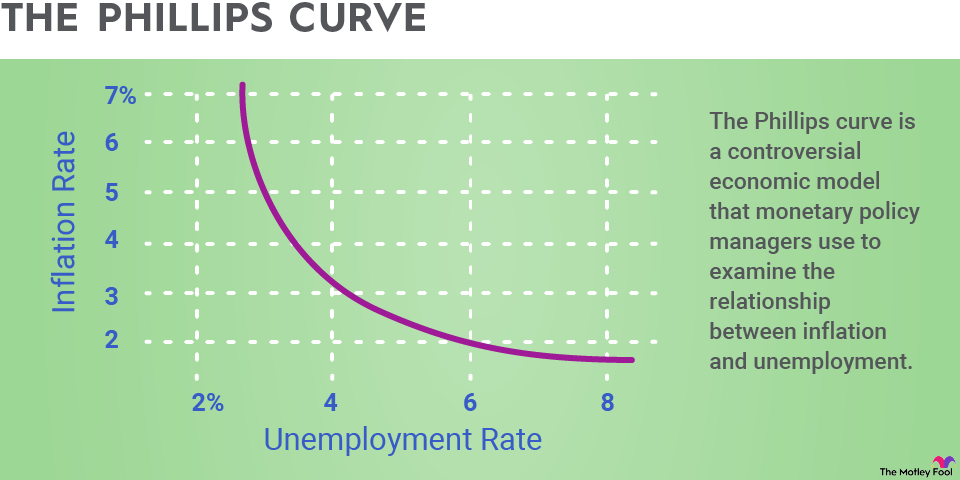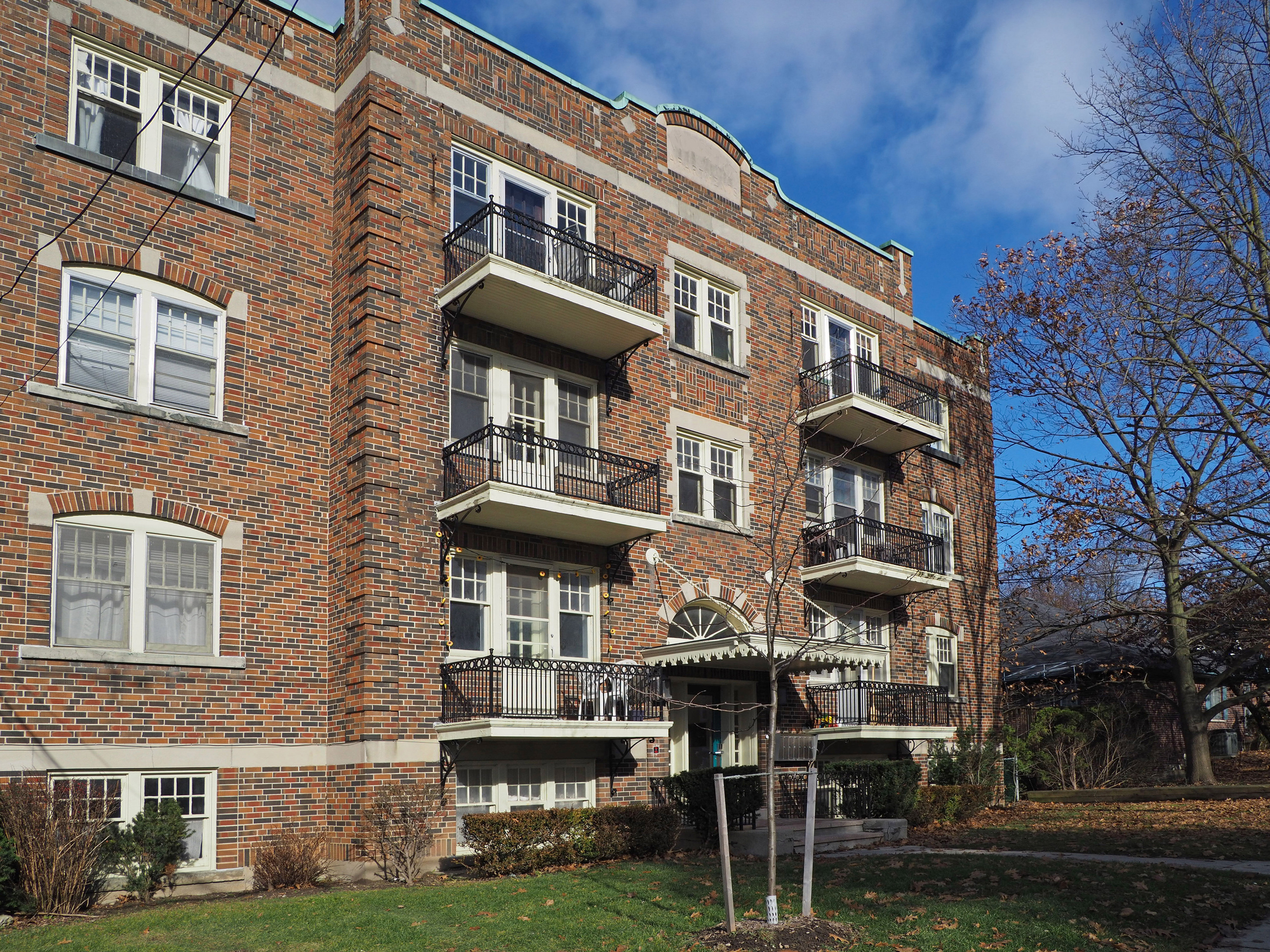Pari passu is a Latin phrase that means "on equal footing" or "equal step." The term is frequently used in law. Pari Passu describes how investors collect payouts in commercial real estate.

How does pari passu work?
In finance, pari passu refers to the equal treatment of two or more assets, obligations, securities, creditors, or investors. In a bankruptcy proceeding, for instance, a trustee repays all creditors at the same fractional amount, at the same time. In doing so, all creditors are treated equally, with the same rights, and without preference -- or pari passu.
In commercial real estate, pari passu describes how investors collect payouts. A pari passu clause typically applies to the waterfall structure of commercial real estate partnerships and commercial mortgage-backed securities (CMBS). Here's a quick look at what real estate investors should know about pari passu.
What is the difference between pro rata and pari passu?
Before we dig into pari passu in commercial real estate, it's helpful to understand how pari passu and pro rata are connected. Pari passu refers to a class, such as a group of creditors in a bankruptcy proceeding. If something is held pari passu, its obligations will be the same class and priority -- or, on equal footing.
Pro rata, a Latin term for in proportion, essentially means that everyone gets their fair share in proportion to the whole. For example, say that a real estate partnership has three partners where Partner A has a 51% partnership interest, Partner B has a 30% interest, and Partner C has a 19% interest. If the partnership distributes $100,000, it will be split pro rata so that:
- Partner A gets $51,000 (51%).
- Partner B gets $30,000 (30%).
- Partner C gets $19,000 (19%).
So here's how the two terms come together: Anything that is held pari passu -- such as a real estate partnership -- will allocate its profits pro rata because that's the only way to protect the "equal footing" of the pari passu structure. And because of the pari passu clause, the profits will be distributed at the same time to ensure the investors are treated equally and without preference.
Waterfall structures in commercial real estate partnerships
The term "waterfall structure" in commercial real estate refers to how and when cash flow from an asset will be distributed. With a waterfall, the project's profits are divvied up between the partners, usually with a bigger share going to the project's sponsor (aka the general partner or operating partner) if the project hits specific return benchmarks.
That "bonus" is called the promote (or carried interest). The promote serves as a carrot for the sponsor to beat project expectations, and it also reflects the extra effort, equity, and risk that the sponsor takes on. The term for the entire arrangement is called a waterfall and promote structure.
Pari passu in waterfall structures
There are countless ways to organize a waterfall in a real estate deal. A pari passu clause is often part of the structure, at least up to a certain return or what's known as a return hurdle. That's the internal rate of return (IRR) that must be achieved for the sponsor to get the promote.
For example, the clause may specify that the sponsor and investors (i.e., limited partners) may be treated pari passu up to a 10% return, meaning that everyone receives a pro rata distribution up to that preferred return. Above that, however, the sponsor may receive a promote, which could be a set percentage -- say, 15% -- of profits above that 10% threshold. Alternatively, the clause could establish multiple hurdles, such as a promote of:
- 20% of all profits beyond 10%.
- 25% of all profits beyond 15%.
- 30% of all profits beyond 20%.
Of course, these hurdles bring an end to the pari passu structure and create progressively uneven splits at each level. However, the promote is meant to give the sponsor a financial incentive to achieve higher returns, which can benefit all the investors in the long run, even if the sponsor gets a larger share.
Real estate operating agreements
There's no such thing as a one-size-fits-all waterfall structure. So it's essential that investors understand how cash flows will be distributed, as detailed in the project's operating agreement. Investors with enough capital (and, therefore, negotiating power) can make sure the terms the sponsor offers are in line with other similar projects in the market.
Of course, to protect their rights and avoid any potential problems, investors should read every word in the operating agreement and consult with an attorney experienced in real estate law. The attorney can review the operating agreement (including the clause that covers pari passu), provide information, answer questions, and discuss any situations that may arise.
Commercial mortgage-backed securities (CMBS)
A commercial mortgage-backed security (CMBS) loan, or conduit loan, is a type of loan that's generally restricted to income-producing properties like office buildings, shopping centers, hotels, and multifamily properties. These loans get pooled together into real estate mortgage investment conduit (REMIC) trusts and securitized so that investors can buy them on the secondary market.
More Investing Topics
Pari passu in CMBS
Commercial mortgage-backed securities use pari passu notes to distribute the risk of any single CMBS loan across multiple bond securitizations. Typically, CMBS loans get divvied up into:
- A-notes, also known as primary notes.
- B-notes, also called subordinate notes.
A-notes have a higher rating and pay first. With a subordinate interest, B-notes pay second, and holders may not receive anything if the A-notes default. But the B-notes generally offer a higher rate of interest to compensate for that added risk.
Typically, the A-notes are broken down into smaller pari passu notes and put into different CMBS. For instance, a $20 million CBMS loan could be divided into three $5 million pari passu A-notes, each of which is placed into a different CMBS and paid back on equal footing to the others. The other $5 million goes into a B-note, which is subordinate (non-pari passu) and pays out only after the A-notes are satisfied.
While the A-notes may vary in size, they all have the same payment priority because they're pari passu. So all A-note holders are treated equally and without preference. Meanwhile, the B-notes remain subordinate and don't partake in the pari passu treatment.
Benefits of pari passu
Pari passu clauses have become an essential part of commercial real estate. In real estate partnerships, they provide an equitable way to distribute profits. In the world of commercial mortgage-backed securities, they are an effective way to improve liquidity.
Aside from putting a group of investors on equal footing (the A-note holders), the pari passu structure offers a way to split up big loans into smaller CMBS that are more attractive (and less risky) to investors. That helps lenders bundle and sell loans, which improves their cash flow and capital position -- which means the lenders can make more loans. And that allows real estate developers to fund and pursue more commercial real estate projects.



















